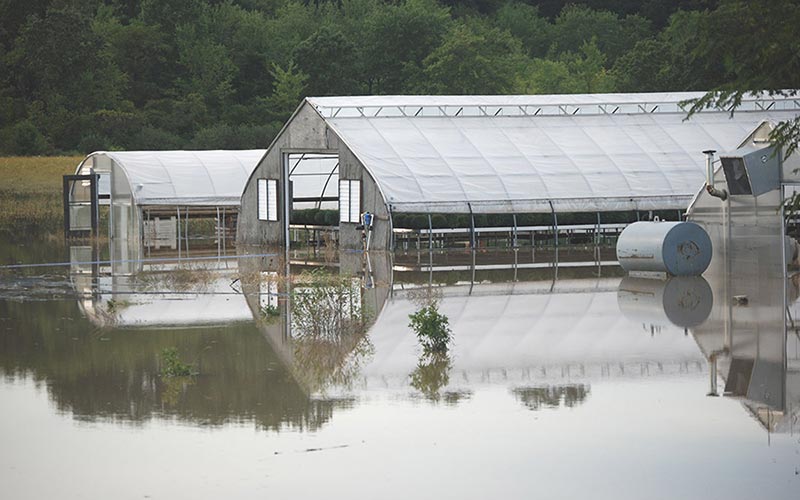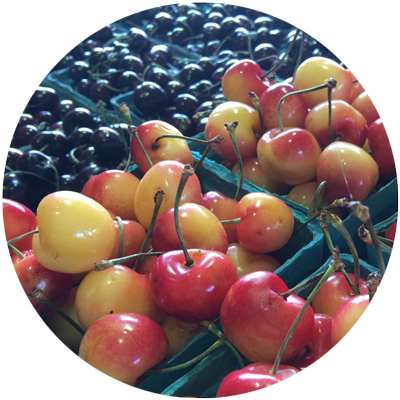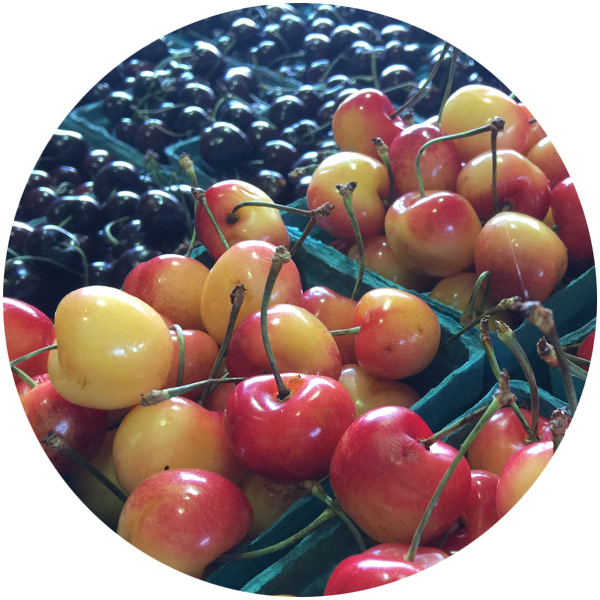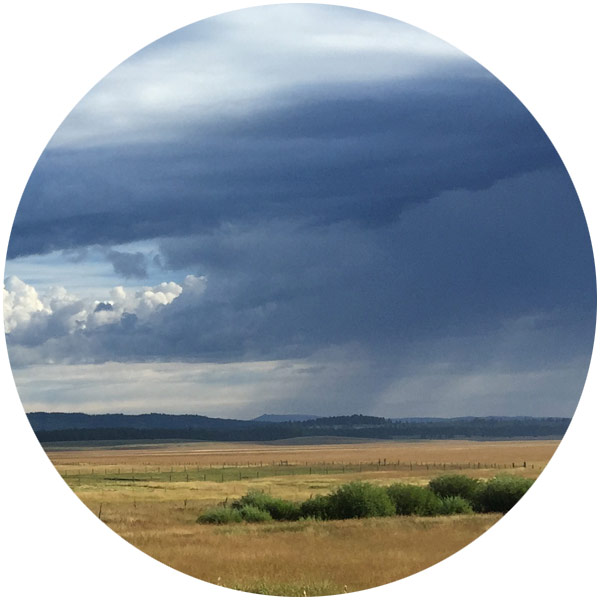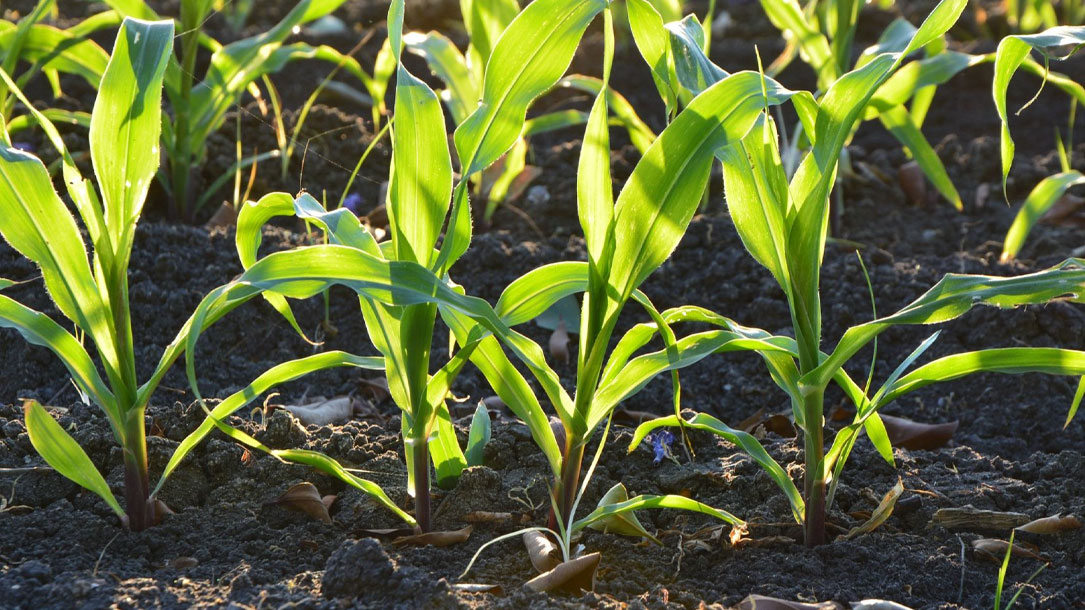
The corn belt is losing topsoil, increasing carbon emissions, and lowering yields
Scientists have found that around 35 percent of the region has lost its most fertile A-horizon soil, more commonly known as topsoil, since European colonization in the 1600s, resulting in estimated annual economic losses of around $2.8 billion and a 6 percent reduction in crop yields per year. Their findings are published in the Proceedings of the National Academy of Sciences….
“A third of the Midwest is currently losing 50 percent of its fertilizer,” Bruno Basso, a professor at Michigan State University, who was not involved in the study, said…
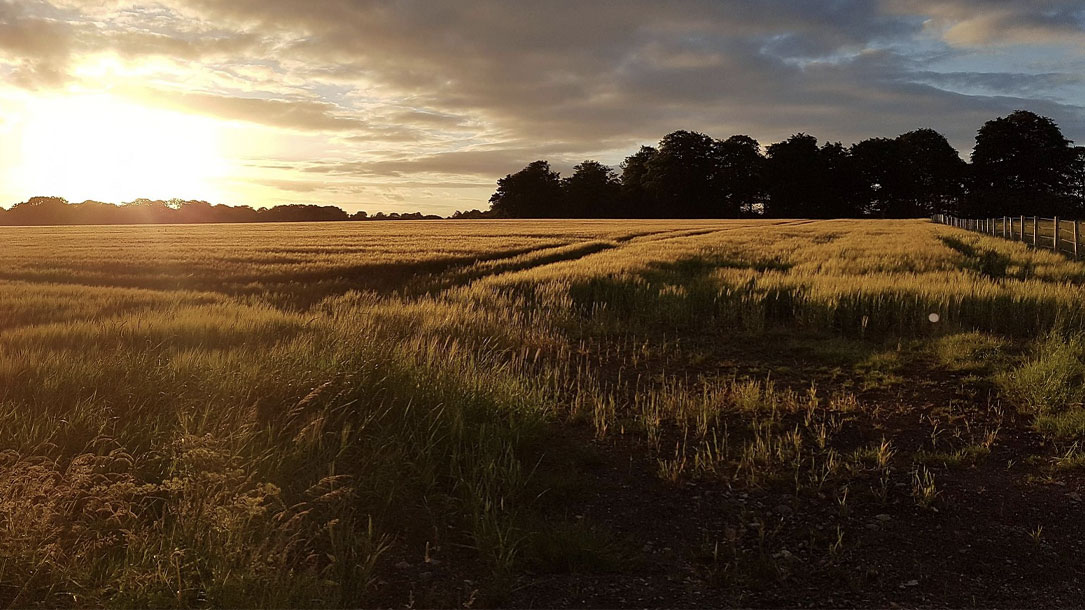
Smart Solar Siting for New England: free webinar series
Join American Farmland Trust, Acadia Center, Conservation Law Foundation, Vote Solar, and Vermont Law School for a four-part webinar series, as we share outcomes from our joint two-year project seeking to reduce conflicts over the siting of solar facilities…
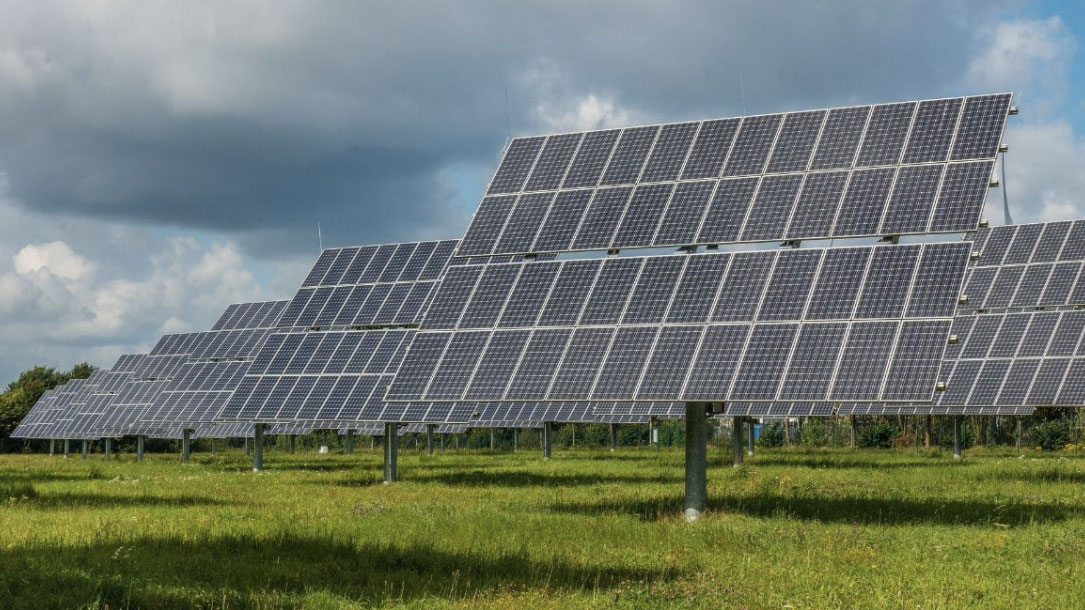
Want to get involved with solar grazing?
he American Solar Grazing Association (ASGA) was founded to promote grazing sheep on solar installations.
ASGA members are developing best practices that support shepherds and solar developers to both effectively manage solar installations and create new agribusiness profits…
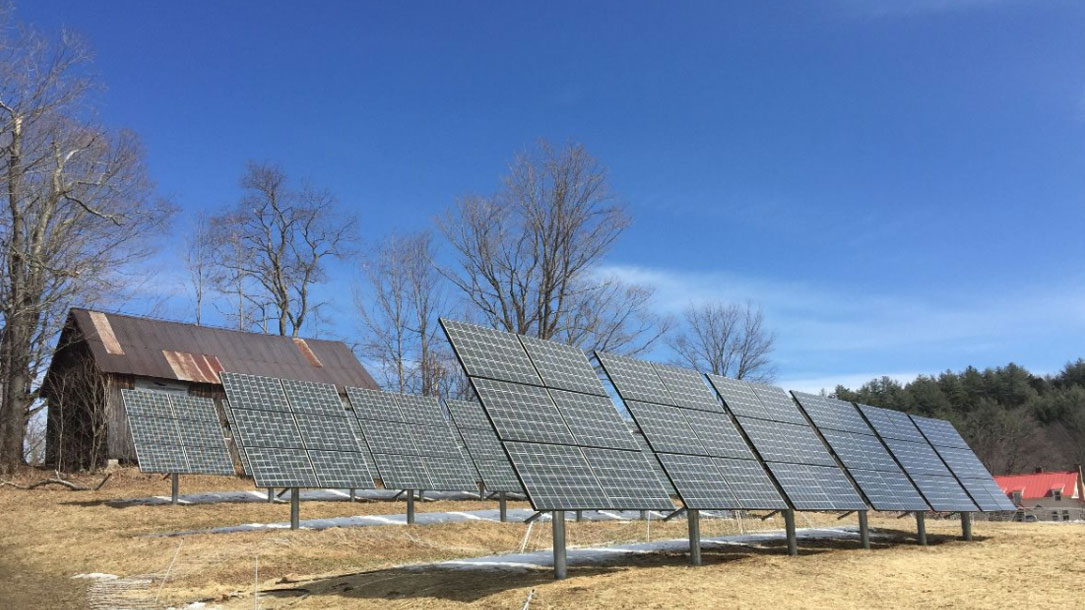
What businesses [including land trusts] should know about the evolution of rural solar
Solar projects certainly are growing rapidly throughout the United States, with total installed capacity just shy of 70 gigawatts and a contracted pipeline of 27.9 GW, according to SEIA. A recent Wall Street Journal analysis of EIA data reported that solar projects occupied 258,000 acres in 2018, while NREL estimates that solar will occupy 3 million acres by 2030.
That may be a small fraction of the nearly 900 million acres of farmland in the United States (PDF), but it’s enough to make agricultural communities apprehensive about the advance of solar onto previously pastoral land. While landowning farmers are grateful for the steady income that comes from leasing to solar projects, others in rural areas—including many state agricultural departments—are still grappling with what the growth of solar will mean for their concept of rural land and role as agricultural boosters…
And with wind and solar cropping up in more rural communities, the bar is being set higher. “The future for renewable energy has to include a sustainable land use component,” Hoosier Energy’s Cisney said. In leveraging new partnerships and co-location opportunities among developers, farmers and local communities, rural America has the potential to assume a more active leadership role in cooperatively advancing the clean energy transition…
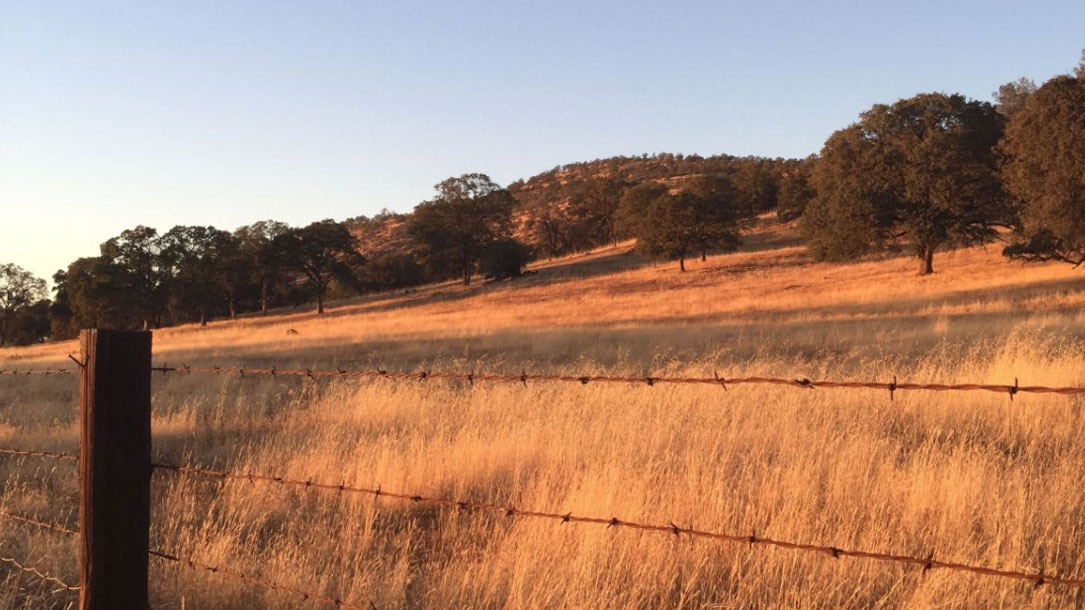
Young California ranchers are finding new ways to raise livestock and improve the land
These first-generation ranchers are young, often female and ethnically diverse. Rather than raising beef cattle destined for feedlots, many are managing small grazing animals like sheep and goats. And they are experimenting with grazing practices that can reduce fire risk on hard-to-reach landscapes, restore biodiversity and make it possible to make a living from the land in one of the most expensive states in the country.
Our research focuses on food systems, rangelands and livestock production. In our recent work, we found new ranchers in California using innovative strategies that they believe can mitigate fire risk to communities and improve soil through grazing.
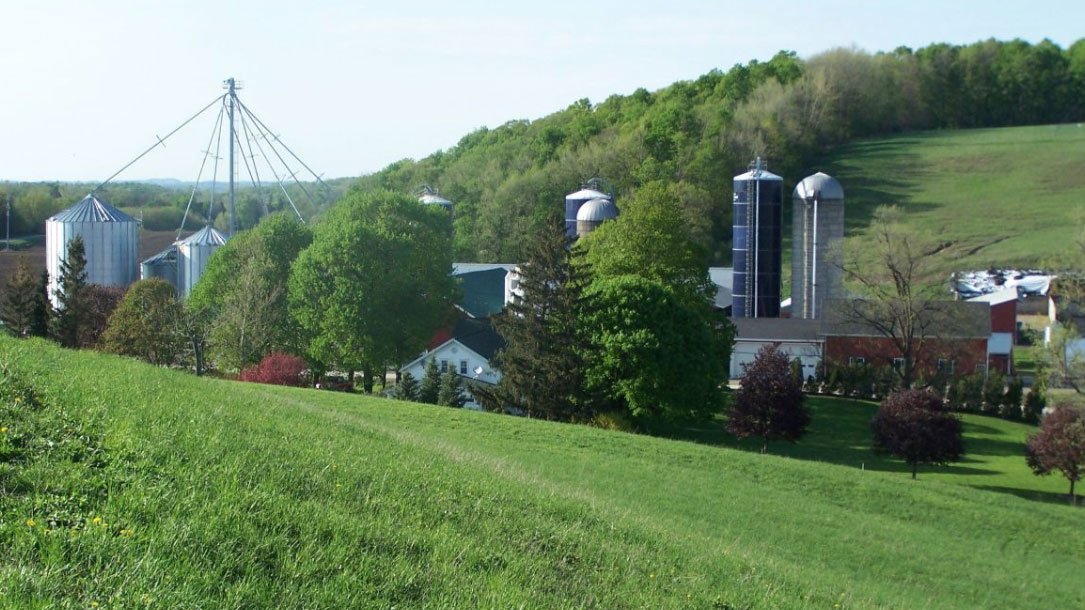
Startups aim to pay farmers to bury carbon pollution in soil
Last summer, Boston-based Indigo Agriculture made headlines in business media with the announcement of its Terraton Initiative, which aims to pay growers to sequester one trillion tons of carbon dioxide.
Although Indigo is involved in a range of farm-related activities, from microbial seed treatments to agronomy (expert farm consulting, essentially) and crop transportation, soil carbon is a major focus. The company has promised that farmers who signed up for its carbon program before the end of 2019 will receive at least $15 per metric ton sequestered. Payments will be financed partly through the sale of offsets, which go for $20 per ton. As of late January, growers had committed more than 17 million acres to the program, according to Indigo’s website…
- « Previous
- 1
- 2
- 3
- 4

